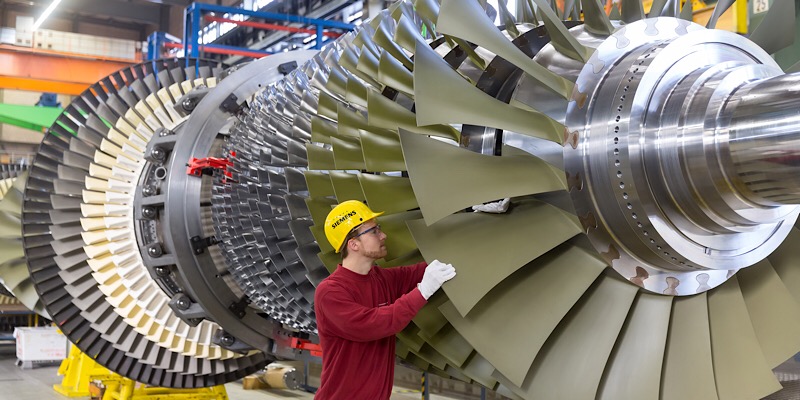Posted on March 12th, 2019| By Candy, WayKen Project Manager
The majority of modern CNC industries relies on parts processed up to the tightest tolerances with mirror-like surface finish and high reliability. All of that makes modern products robust, efficient and competitive. All of that moves the industrial progress forward. However, those parts are not going to produce themselves. We have CNC precision engineering to thank for all the high-quality parts that allow us to drive cars, fly to different continents and sit here reading this text. Manufacturing precise parts is a backbreaking task that involves a number of stages in prototype manufacturing industries.
Design Development of Precise Parts
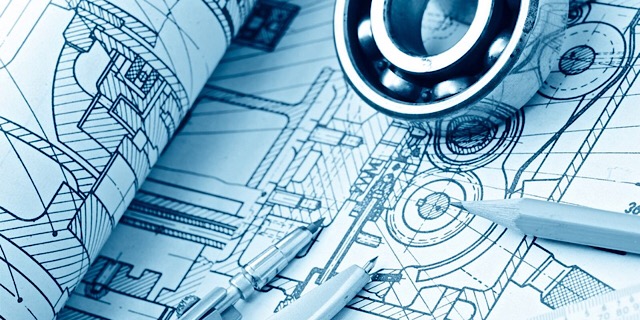
There is a constant struggle between the designers and the mechanical engineers concerning the precision of developed parts. Designers tackle the problems they encounter from a theoretic point of view and would ideally like every part of the machine to be of the perfect precision, as close to an ideal geometry as possible. However, if we went and manufactured things as designers would like, everything would cost an insurmountable amount of money with little additional efficiency. By the way, the same things could be said about geometric complexity.
Therefore, manufacturing engineers and designers fight. There is even a joke, where the ideal part for manufacturing engineer is a wooden log whereas the designer wants to create an airplane. So, the result is a product that boasts highly precise surfaces rather than highly precise parts. This struggle removes the economically inefficient features and makes the product cost lower while keeping its performance great.
Determining The Main Technological Tasks
Now that we’ve determined that high precision parts are actually parts with high precision surface or groups of surfaces, it becomes evident that the manufacturing process can be split into two stages. The first stage involves manufacturing the required part of regular quality while leaving some excess material on the surfaces that need the utmost precision.
The second stage deals solely with achieving the required precision and performance requirements ( such as material hardness, tensile strength, additional surface finish parameters). Each part poses a separate individual task with its own combination of properties and before designing the manufacturing process, it is vital that the way those tasks can be tackled is considered. If the part has a lot of precise surfaces that have different IT, the second stage of the manufacturing process may be subdivided into IT groups.
CNC Engineering Strategy
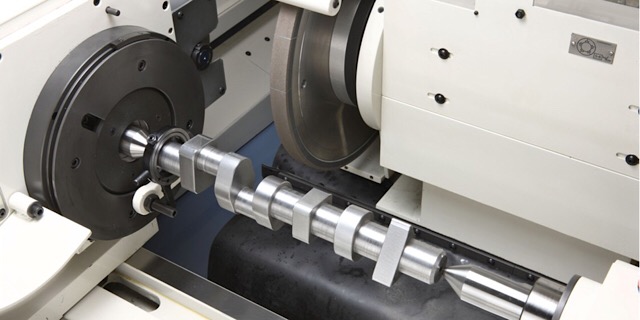
CNC precision machining is mainly done by abrasive processing as it yields the best result. There is a minimal hardness, the material must have in order to be efficiently ground, so the parts are usually heat-treated to at least some degree. However, the majority of such parts require a complex multi-stage hardening so the actual thing you’ll have to worry about is how to restore base surfaces after the treatment.
Apart from that, CNC precision engineering specialists at WayKen have developed different strategies to manufacture different part features such as precise deep narrow holes, very even and smooth planes or groups of surfaces that require precise positioning compared to each other.
For example, the last task can be achieved by machining both surfaces at a single setup or by fixing the part by one surface while machining the other.
How to Meet Performance Requirements
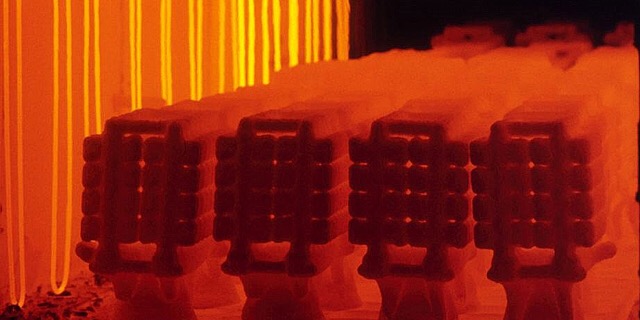
A lot of high-quality parts have specific requirements. For example, gears must have very hard surfaces while retaining the soft bulk of the material. That is done by surface hardening. Other parts require using carbon or nitrogen in conjunction with heat treatment to achieve the required hardness. There are parts that need to be coated and the coating layer is so fine as to be administered ions or separate atoms. And all of the methods are quite complex, need their own parameters for each material and each hardness or coating feature.
How do you solve this? Imagine, you have a specialized shaft that requires nitro-carbonizing. You’ve never done this before and investing in this method is time-consuming and fairly pointless because it may turn out that you’ll never use it after the batch has been done. Well, I have encountered two solutions. You outsource. There may be a machine or prototyping shop around that can do those operations for you.
The cost per part will be higher but in reality, you will save on investments a personnel hiring. The other option is to talk to the designer and persuade him to switch to a more expensive material that wouldn’t require such a complex treatment. The overall machinability of the material may be lower but it is possible that you can still save money from avoiding the adoption of previously unknown technology.
High-Precision Measuring And Quality Control
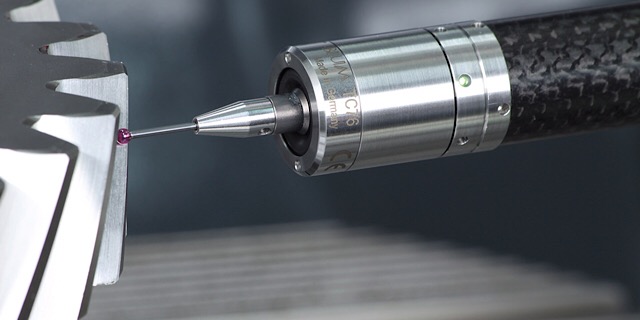
One of the most significant tasks in CNC precision engineering is finding ways to actually understand whether the part you’ve created has your required quality. It isn’t a trivial task because high precision CNC machining parts often have a tolerance tighter than the majority of measuring equipment. What are the possible recommendations here?
- Avoid using fixtures as much as possible. Each element of the measuring system brings about additional errors, so better to avoid them altogether. Modern high precision measurements are carried out with the part laid on a very even stone plate (if it is possible).
- Optical measuring is a good option. The majority of measuring tools rely on physical contact to measure the tolerance or the surface finish. However, contacting parts become worn and lose precision. Optical measurement tools don’t and, in addition, no unwanted agent can interfere when the tool and the part touch.
- If there is no way to determine the precision of the part, test it. That’s the only way you can actually determine, whether the performance qualifications of the part are sufficient. You can also measure the requirements for the part in a roundabout way. For example, high revolution rate shafts such as those used in grinding tools and medicine mixing equipment require IT4 or lower radial runout, which is practically impossible to measure. So, they are simply installed into air-foil bearings and are tested. If the working temperature of the shaft is within limits, it means that the runout is small enough.
Wayken- Trusted CNC Precision Engineering Partner For You
At WayKen, we are always dedicated to becoming a leading producer of precision machining service in rapid manufacturing industries, which cover Precision CNC prototyping, precision dies tooling and precision aluminum parts, etc. We own advanced 5-Axis CNC machines with cutting-edge technology, which allows us to focus our efforts on producing superior precision parts for any customers from the globe, with the highest level of quality and on-time delivery, no matter what the complexity.

